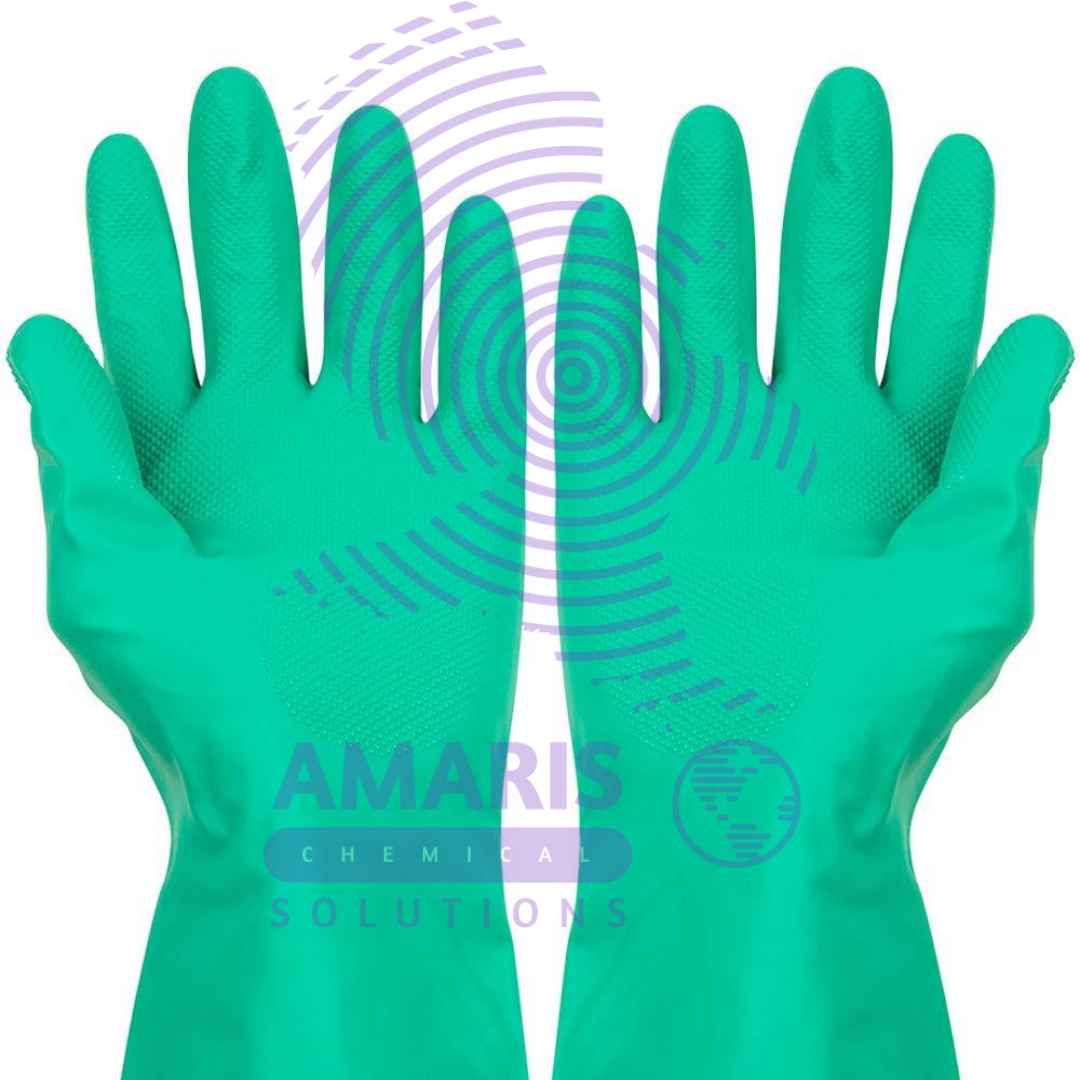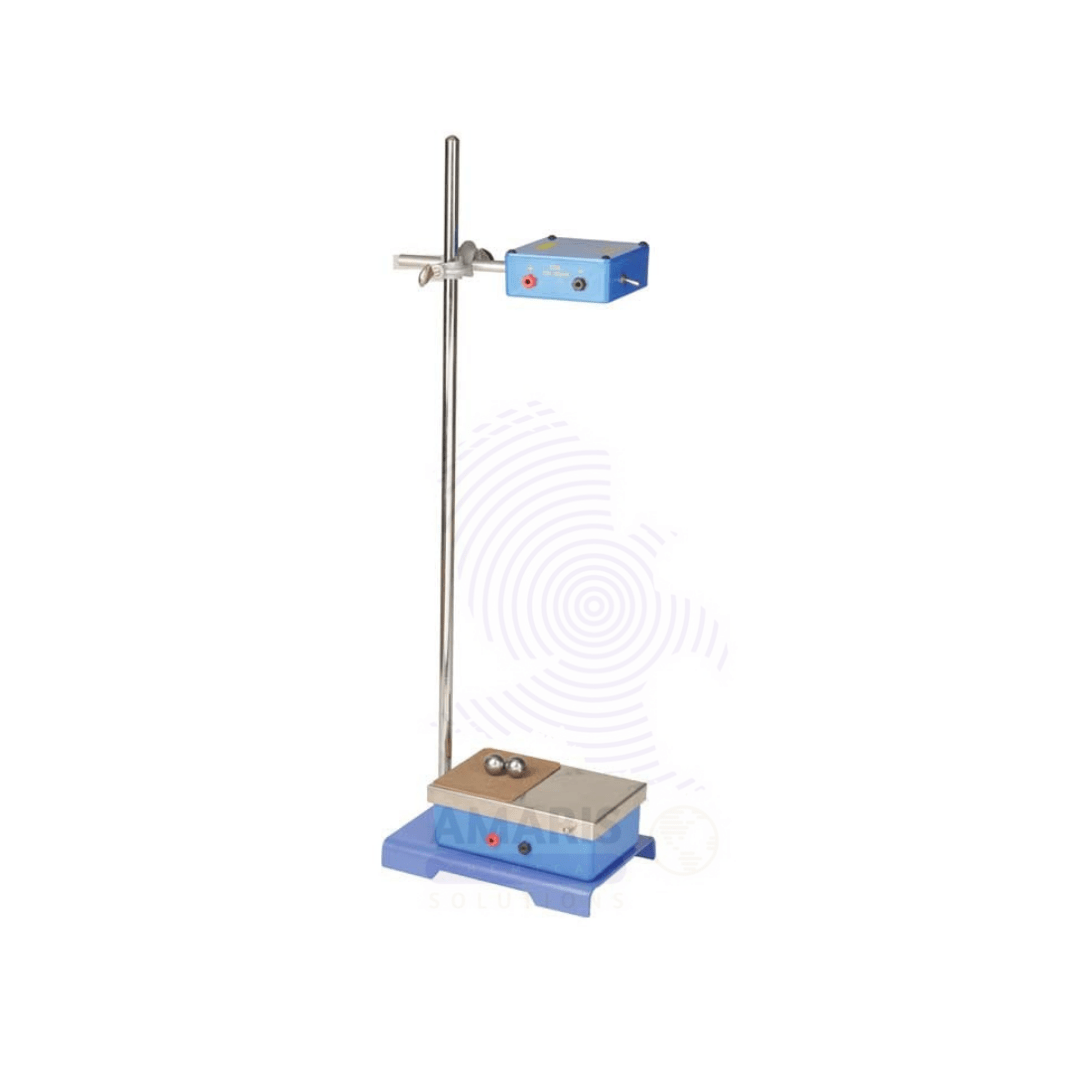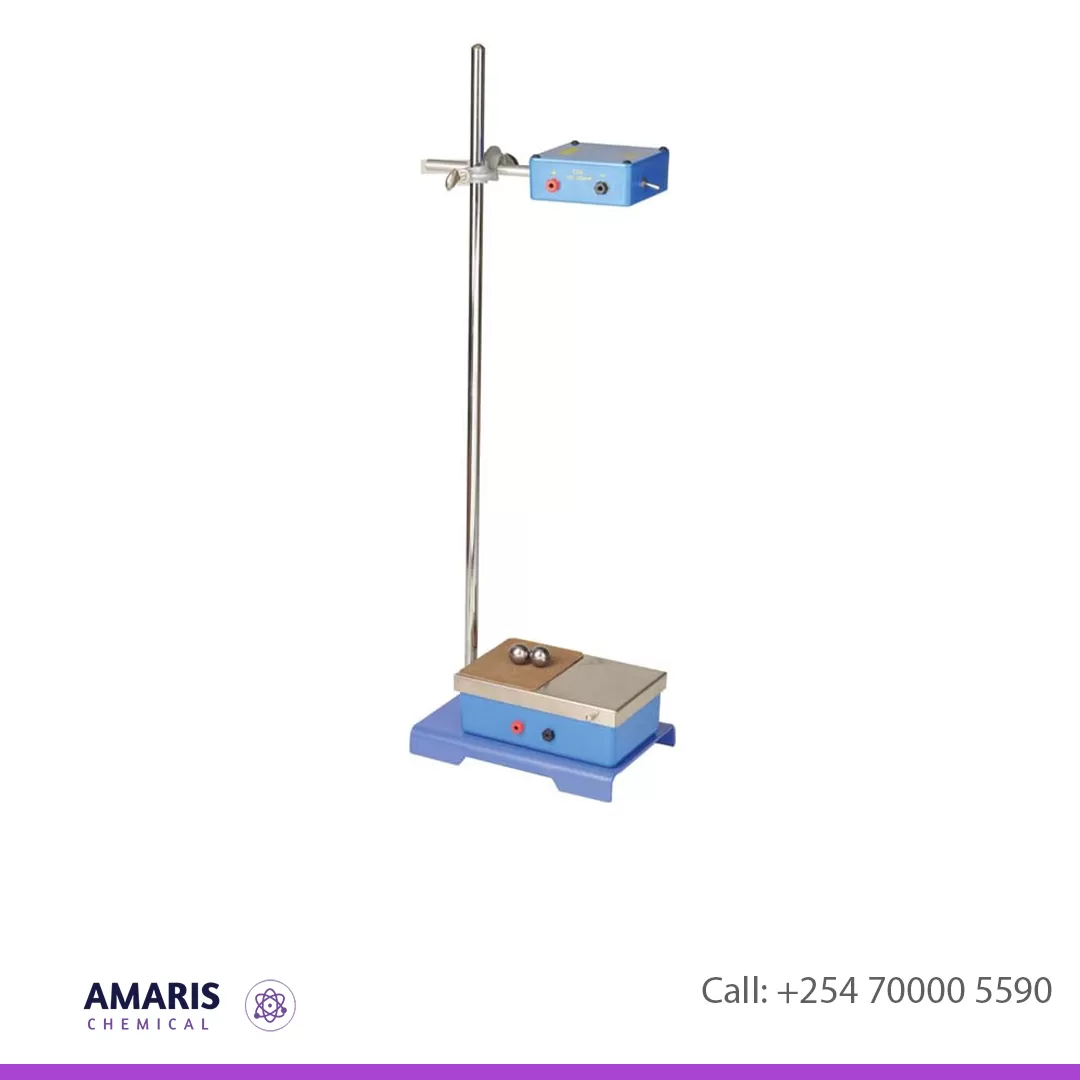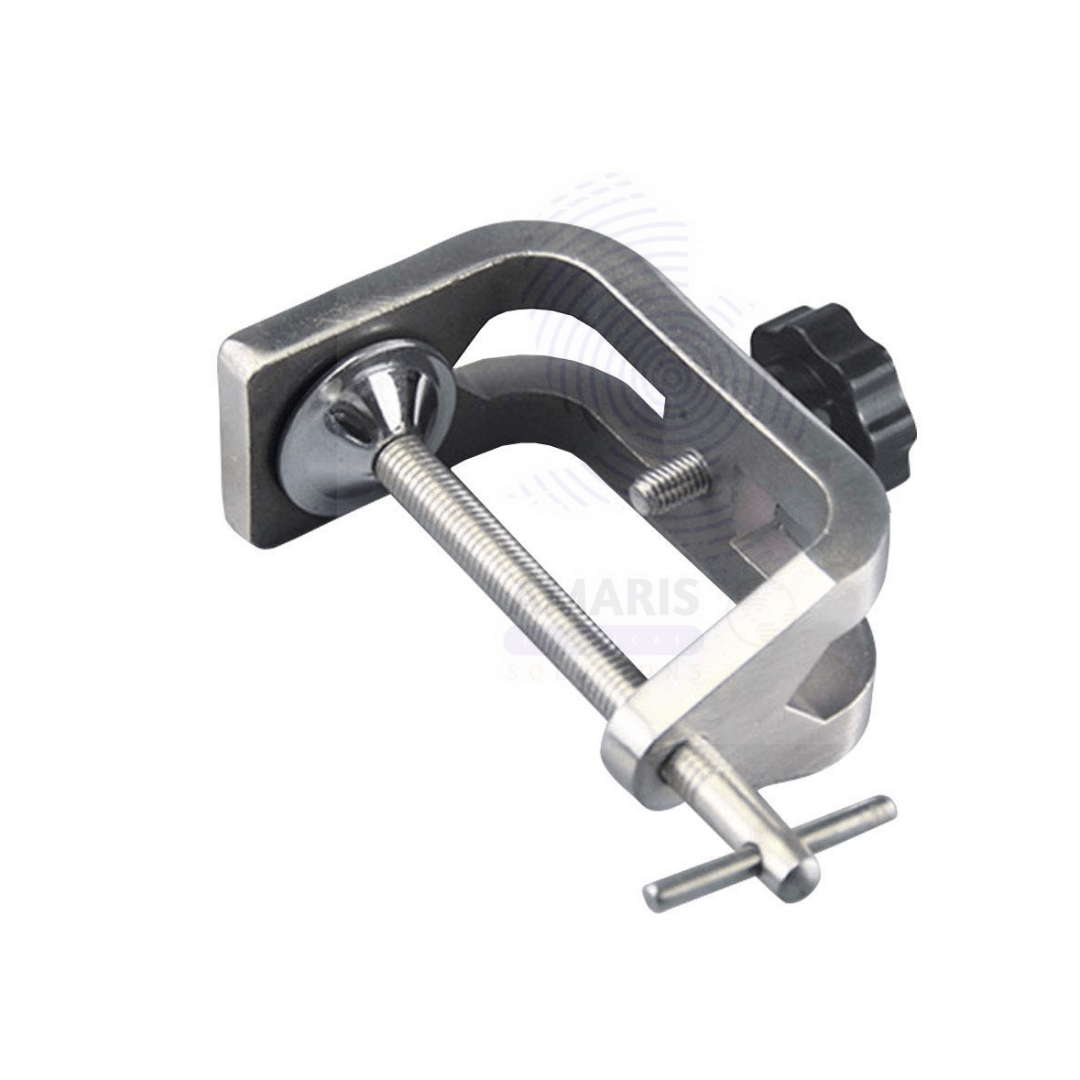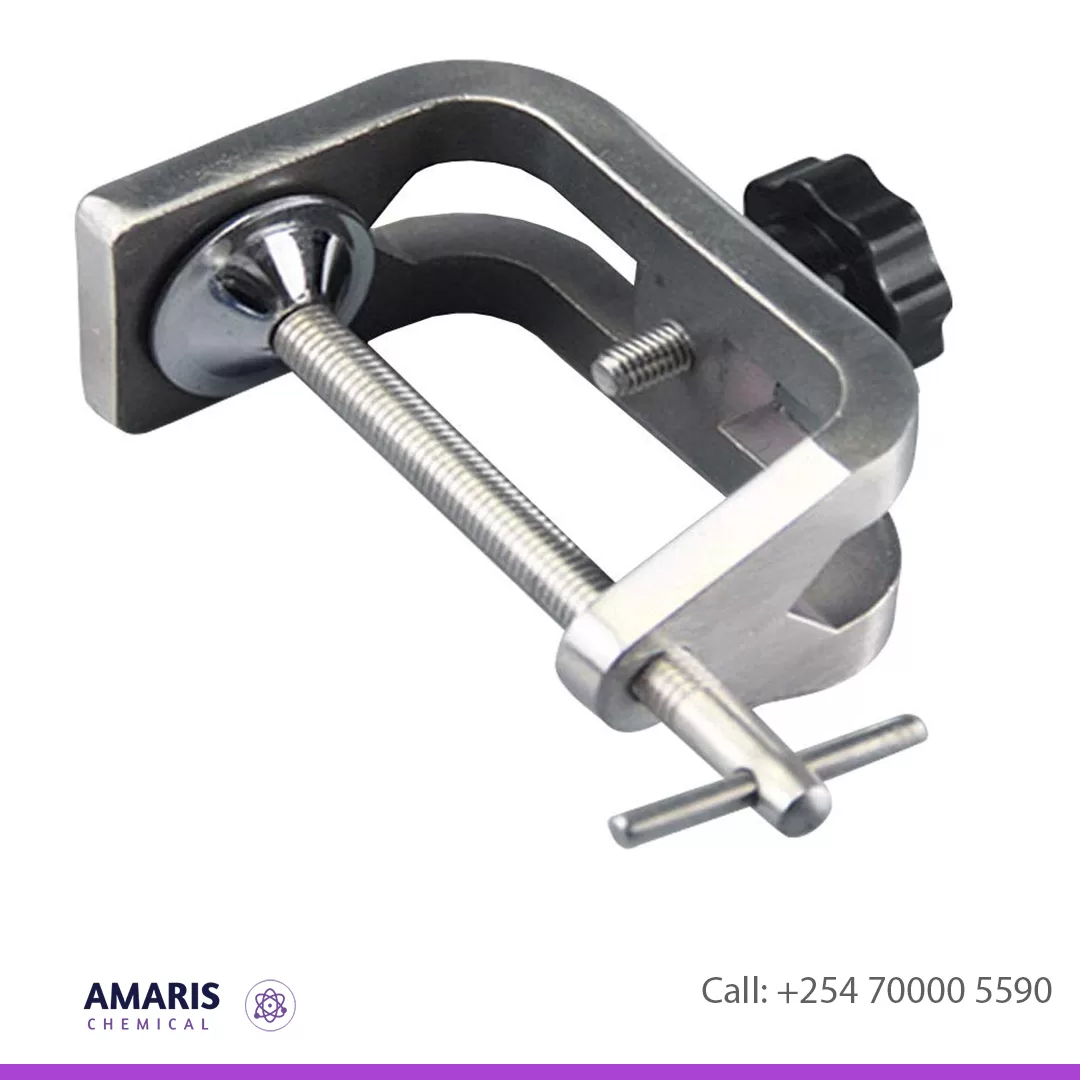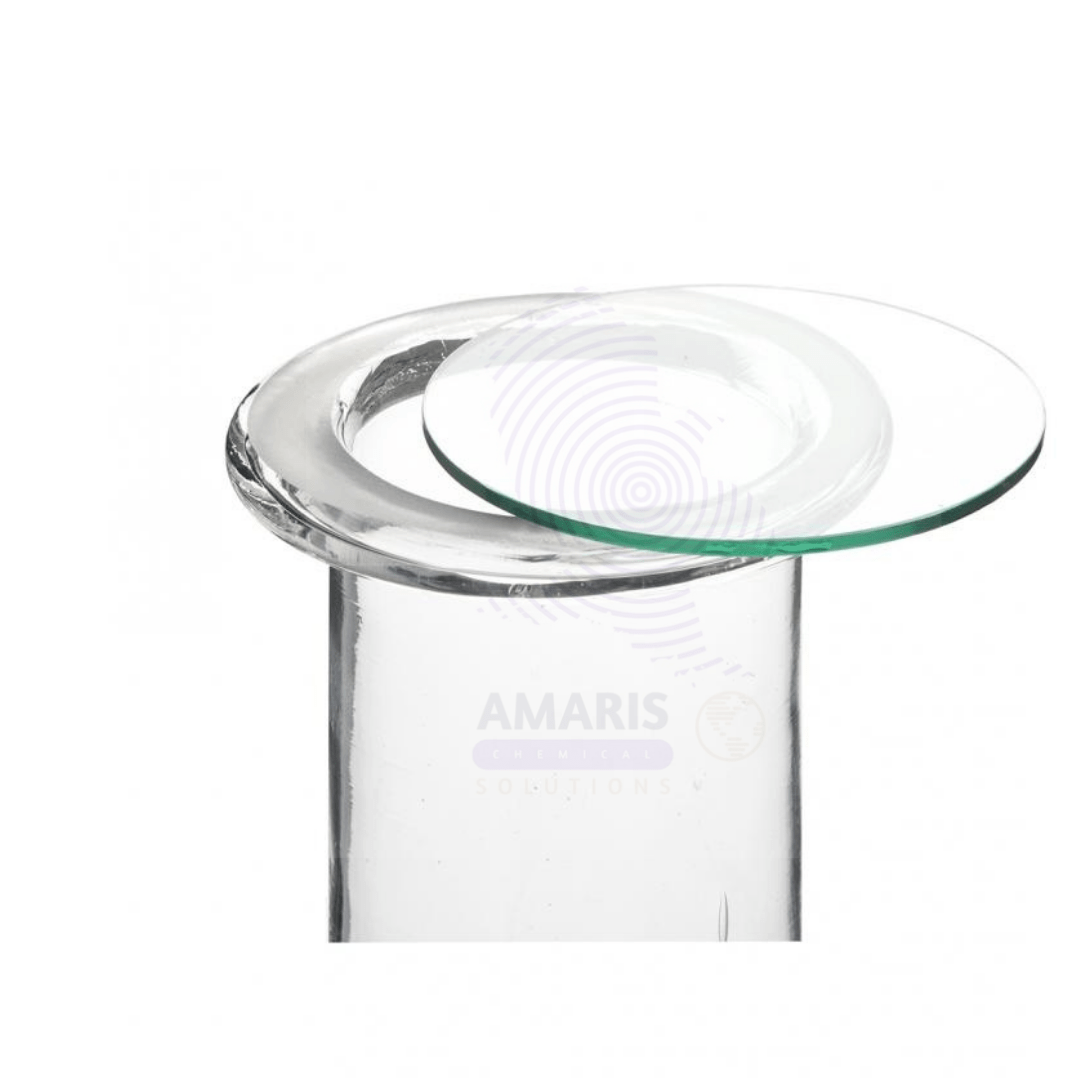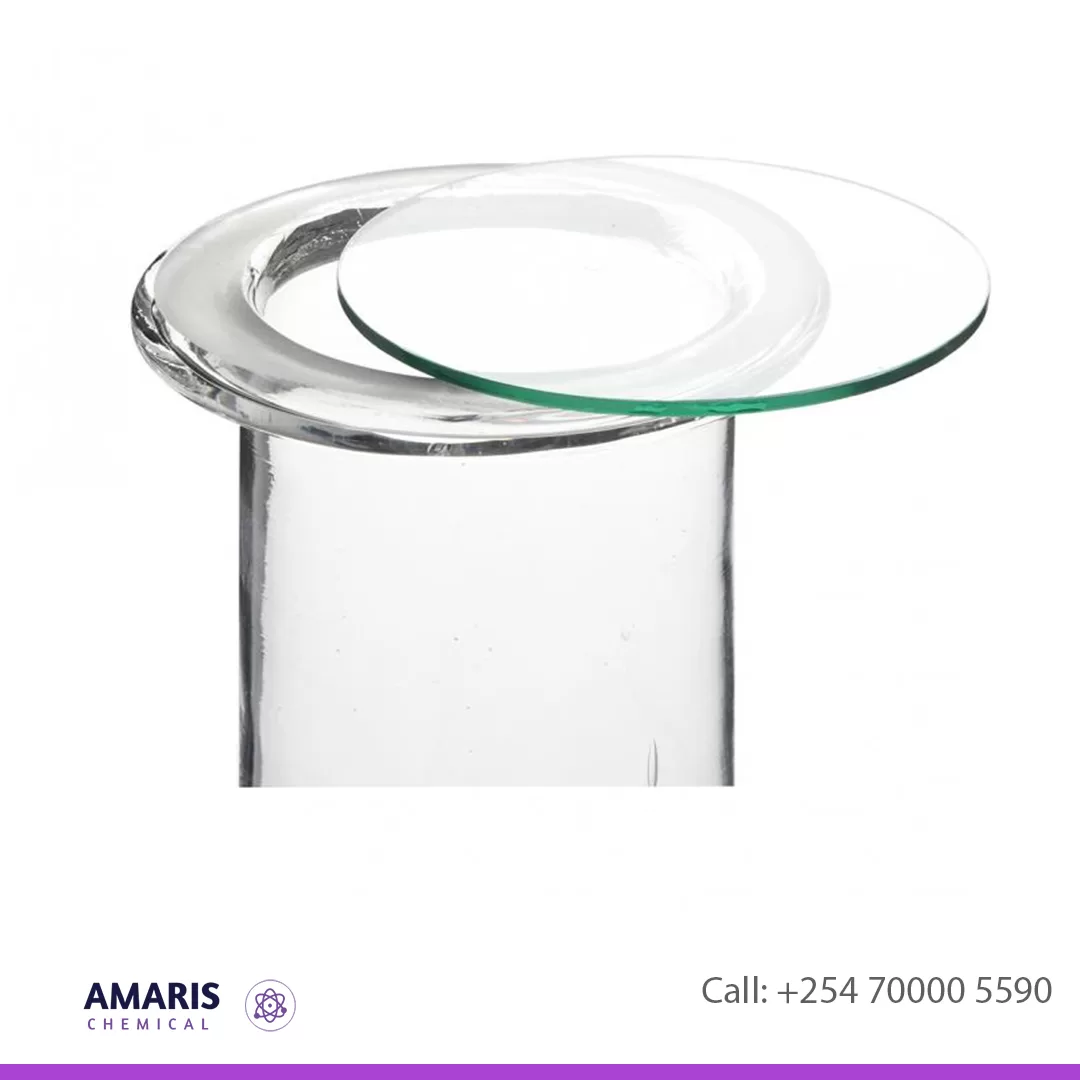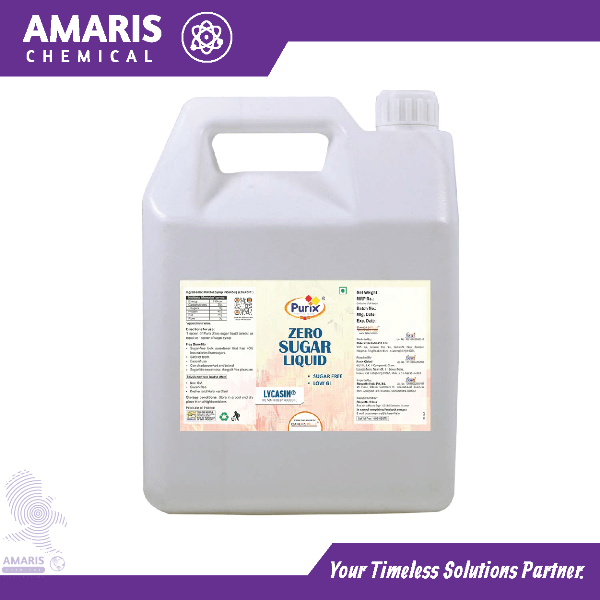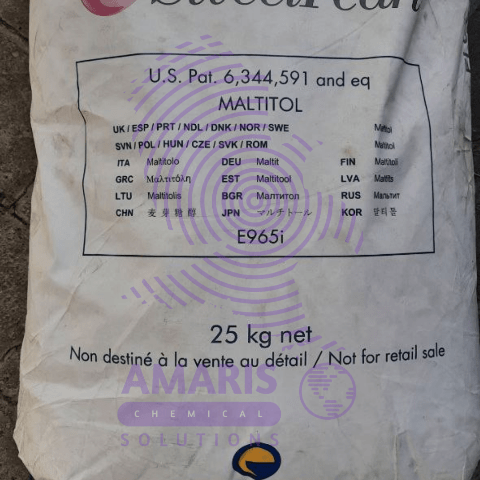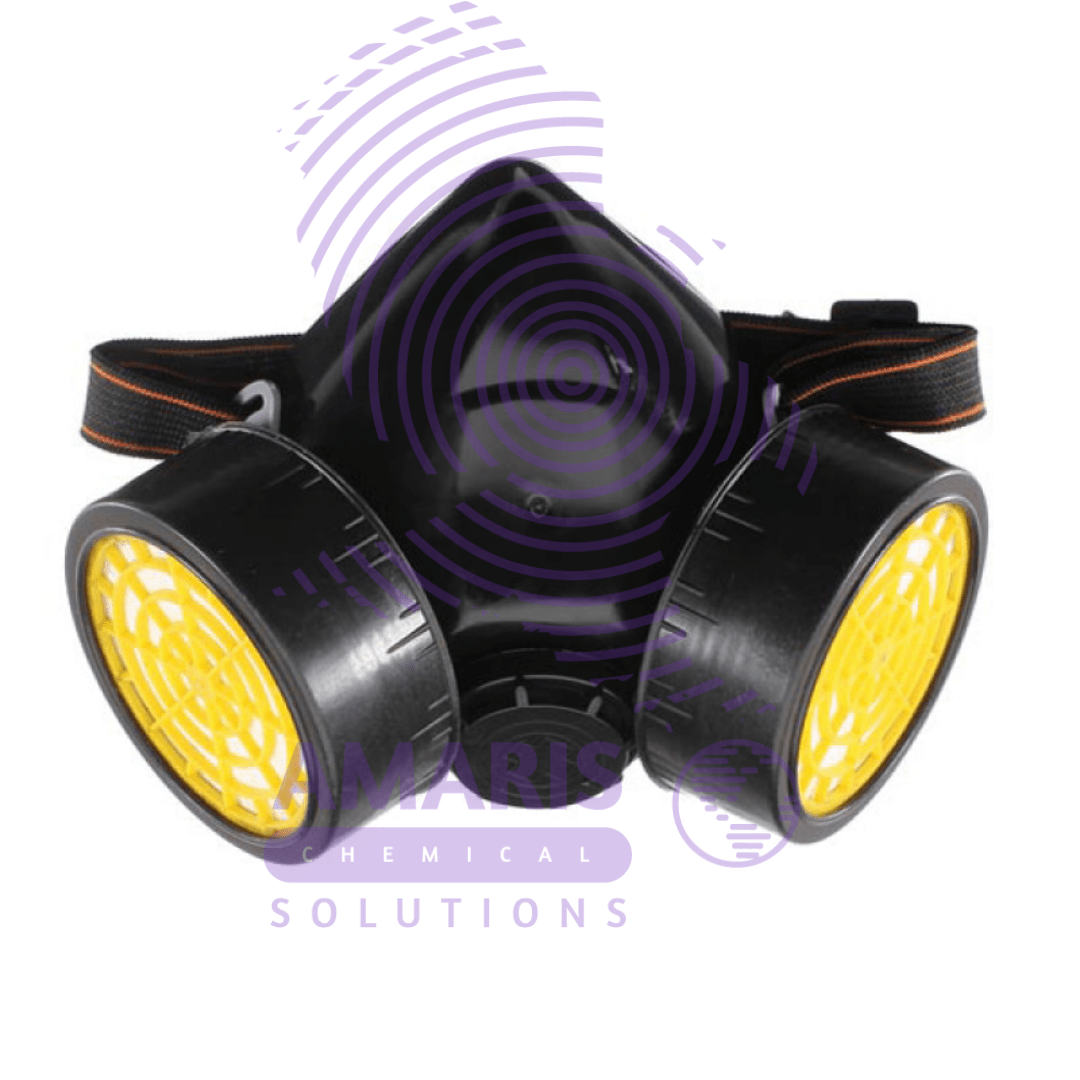

Single Gas Mask
$3,000.00 Original price was: $3,000.00.$2,500.00Current price is: $2,500.00.
A gas mask used in laboratories is typically designed to protect against various hazardous substances, including chemicals, biological agents, and radioactive particles. These masks usually feature a tight seal around the face to prevent contaminants from entering. Here’s a basic overview of the components and considerations:
- Facepiece: The main part of the mask that covers the nose, mouth, and sometimes the eyes. It’s usually made of rubber or silicone for flexibility and a proper seal.
- Filter Cartridges: These cartridges are attached to the mask and contain various filter materials to purify the air. They can be specific to certain types of contaminants or provide broader protection.
- Straps: Adjustable straps secure the mask to the wearer’s face, ensuring a snug fit.
- Exhalation Valve: This valve allows the wearer to exhale air without letting outside air in, maintaining a closed system for breathing.
- Visibility: Some masks feature transparent facepieces or additional eyepieces to ensure proper vision while wearing the mask.
- Comfort Features: Some masks include features like padding or adjustable nose bridges for added comfort during extended wear
Uses of Single gas mask
Chemical Protection:
Laboratories often handle a wide range of chemicals, some of which can be toxic, corrosive, or irritating to the respiratory system. Gas masks with appropriate filter cartridges can safeguard against inhaling these chemicals.
Biological Protection:
In laboratories working with biological agents such as bacteria, viruses, or fungi, there’s a risk of exposure to airborne pathogens. Gas masks with suitable filters can help prevent inhalation of biological contaminants.
Radiological Protection:
Laboratories dealing with radioactive materials or isotopes need protection from inhaling radioactive particles. Gas masks with specialized filters designed to capture radioactive particles can mitigate this risk.
Emergency Situations:
In the event of a laboratory accident involving the release of hazardous gasses or vapors, a gas mask can provide immediate protection to laboratory personnel until the area is evacuated or the situation is controlled.
Personal Protection Equipment (PPE):
Gas masks are part of the personal protective equipment (PPE) ensemble used in laboratory settings where respiratory protection is necessary. They complement other PPE such as gloves, lab coats, and safety goggles to ensure overall safety.
Field Research or Sampling:
Scientists conducting fieldwork or sampling in environments with unknown or potentially hazardous airborne substances may use gas masks as a precautionary measure.
Training and Preparedness:
Gas masks are also used in laboratory safety training and emergency preparedness drills to familiarize personnel with their use and ensure they know how to don and doff them correctly in case of an emergency.


MAECENAS IACULIS
Vestibulum curae torquent diam diam commodo parturient penatibus nunc dui adipiscing convallis bulum parturient suspendisse parturient a.Parturient in parturient scelerisque nibh lectus quam a natoque adipiscing a vestibulum hendrerit et pharetra fames nunc natoque dui.
ADIPISCING CONVALLIS BULUM
- Vestibulum penatibus nunc dui adipiscing convallis bulum parturient suspendisse.
- Abitur parturient praesent lectus quam a natoque adipiscing a vestibulum hendre.
- Diam parturient dictumst parturient scelerisque nibh lectus.
Scelerisque adipiscing bibendum sem vestibulum et in a a a purus lectus faucibus lobortis tincidunt purus lectus nisl class eros.Condimentum a et ullamcorper dictumst mus et tristique elementum nam inceptos hac parturient scelerisque vestibulum amet elit ut volutpat.
Related products
Acid Proof Gloves
Free Fall Apparatus
G-Clamp
- Holding Apparatus: In experiments where stability is crucial, G-clamps are used to secure laboratory apparatus to benches or tables. This ensures that the equipment remains in place during experiments, minimizing the risk of accidents.
- Securing Glassware: When conducting experiments involving glassware like beakers, flasks, or test tubes, G-clamps can be used to secure them to a stand or support rod. This prevents the glassware from tipping over or falling during the experiment.
- Supporting Heavy Objects: In situations where heavy objects need to be held in place temporarily, G-clamps provide a sturdy grip. This could be useful when setting up equipment or securing heavy components during an experiment.
- Fixing Materials for Cutting or Drilling: G-clamps are handy for securing materials like wood or metal in place while they are being cut, drilled, or manipulated in some other way. This ensures precision and safety during such tasks.
- Custom Setup: Sometimes, experiments require customized setups that aren't readily available with standard laboratory equipment. G-clamps allow researchers to create temporary fixtures or arrangements tailored to their specific experimental needs.












